

The Sundarbans—home to the world's largest contiguous mangrove ecosystem—is facing unprecedented ecological and socio-economic challenges. Historically, extensive mangrove clearances during colonial times, combined with modern-day pressures such as upstream water diversions, reduced sediment flow, altered hydrology, and increasing salinity, have degraded these critical ecosystems. Frequent cyclones, rising sea levels, and changing rainfall patterns have further accelerated canopy loss and ecosystem decline.
Over the past two decades, 29 sq. km of mangroves have been lost, drastically reducing the region's carbon sequestration potential and contributing to climate change. The degradation of mangroves has also triggered habitat loss, pushing several species—including key fish populations, the Bengal tiger, migratory birds, and honeybees—toward extinction.
The weakening of this natural coastal defense system has left vulnerable communities exposed to intensified cyclones, storm surges, and salinity intrusion. With agricultural productivity declining by up to 50% in some areas and fish stocks reduced by 15–20%, thousands of livelihoods are at risk.
Loss of biodiversity and increasing salinity have also triggered a rise in waterborne diseases and reproductive health issues, particularly affecting women and children.
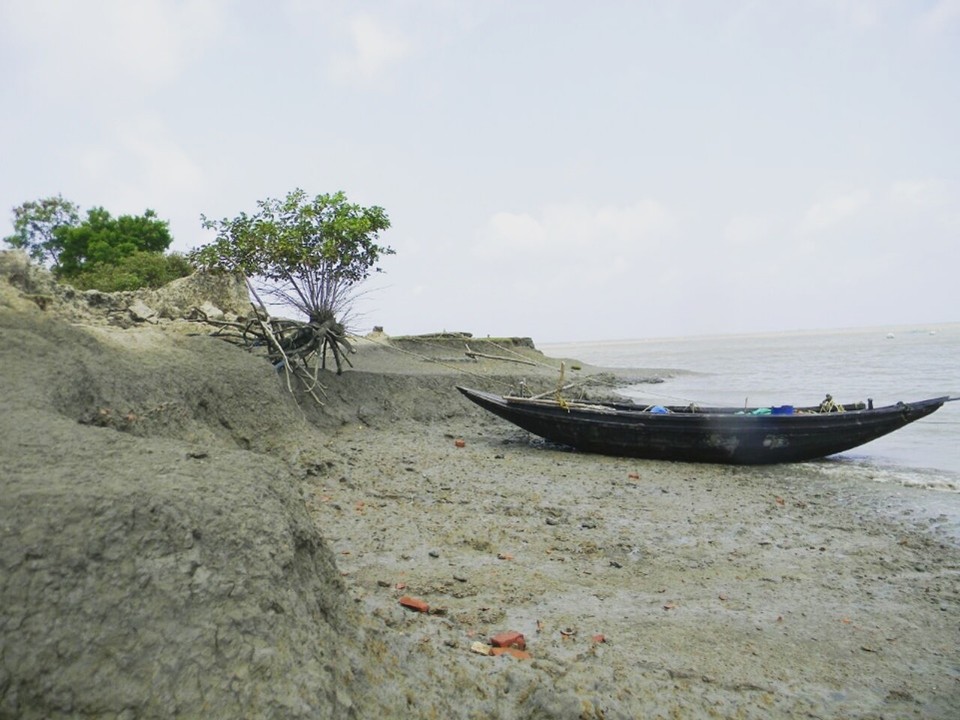
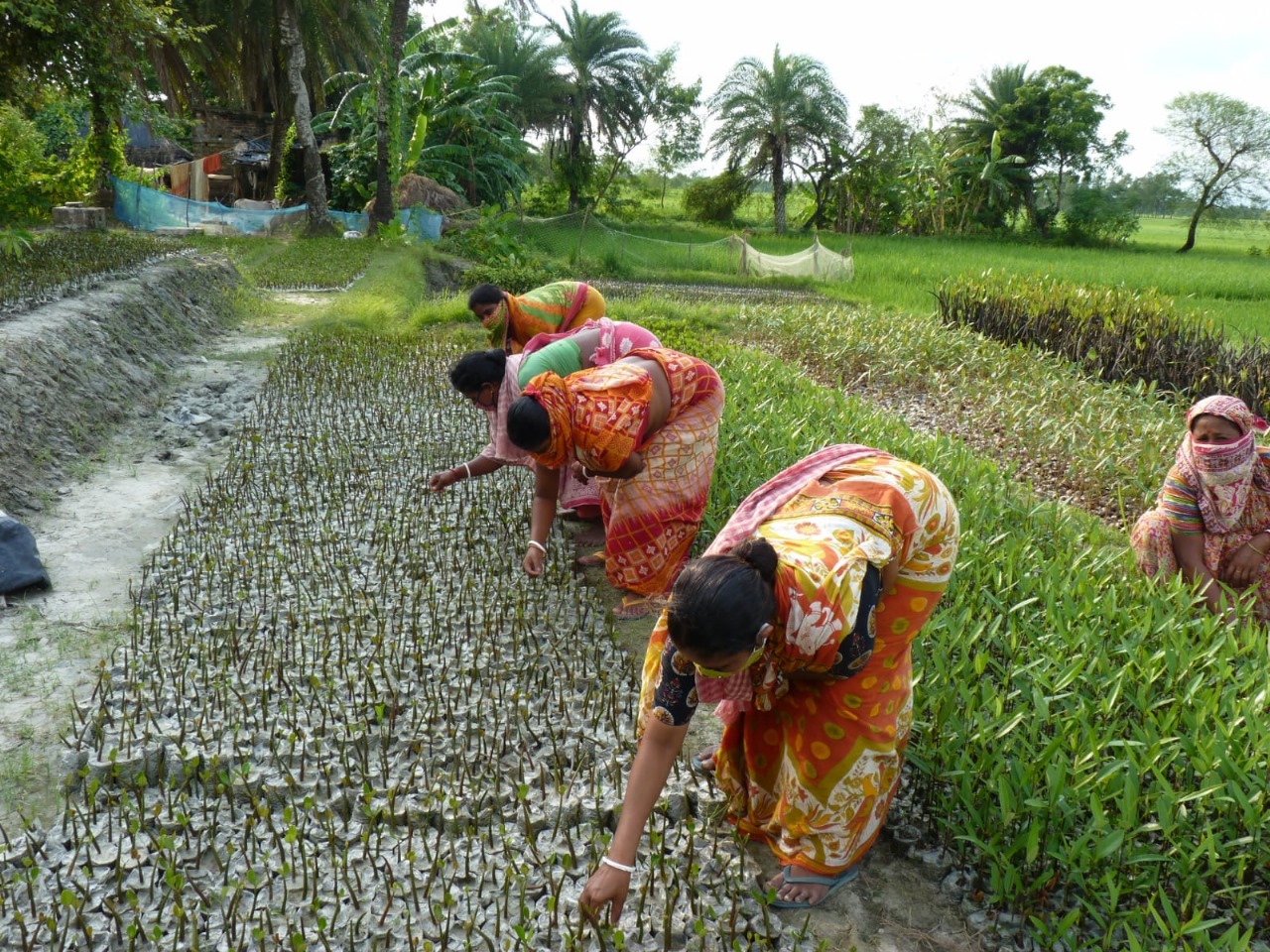
SEED's restoration journey begins with mobilizing local communities—particularly women. Through sensitization workshops, orientation programs and participatory rural appraisals (PRAs), SEED ensures that women understand the ecological value of mangroves and the long-term benefits of conservation. Capacity-building sessions focus on nursery development, transplantation and plantation techniques and long-term maintenance, creating a sense of ownership and stewardship among the women.
Sites are selected based on vulnerability to erosion, tidal surges and ecological degradation. Scientific assessments, including soil salinity, tidal exposure and historical degradation trends, guide location finalization. Restoration emphasizes biodiversity by cultivating multiple native mangrove species like Sundari (Heritiera fomes), Avicennia, Rhizophora etc. ensuring ecological resilience and supporting local fauna.
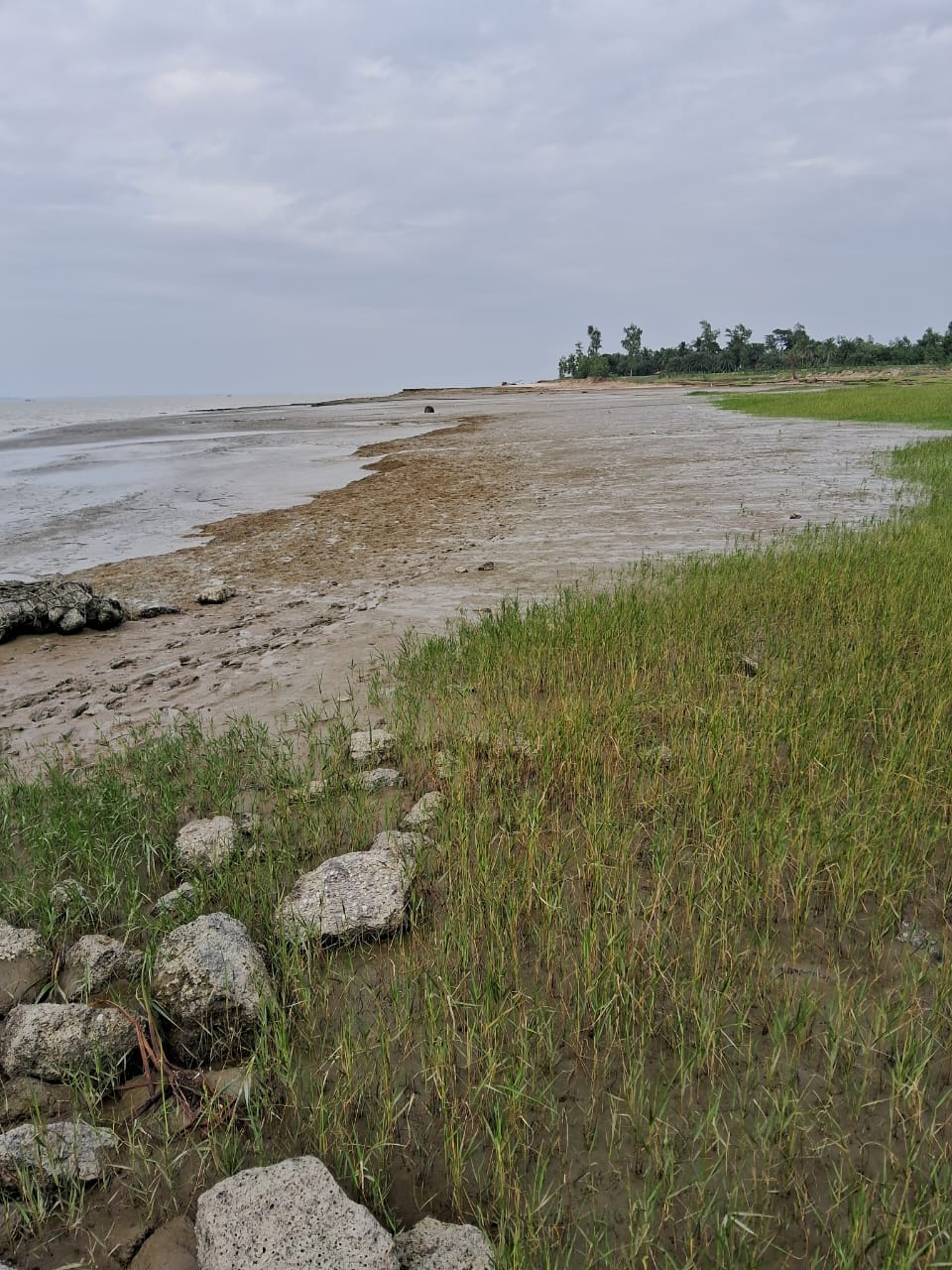
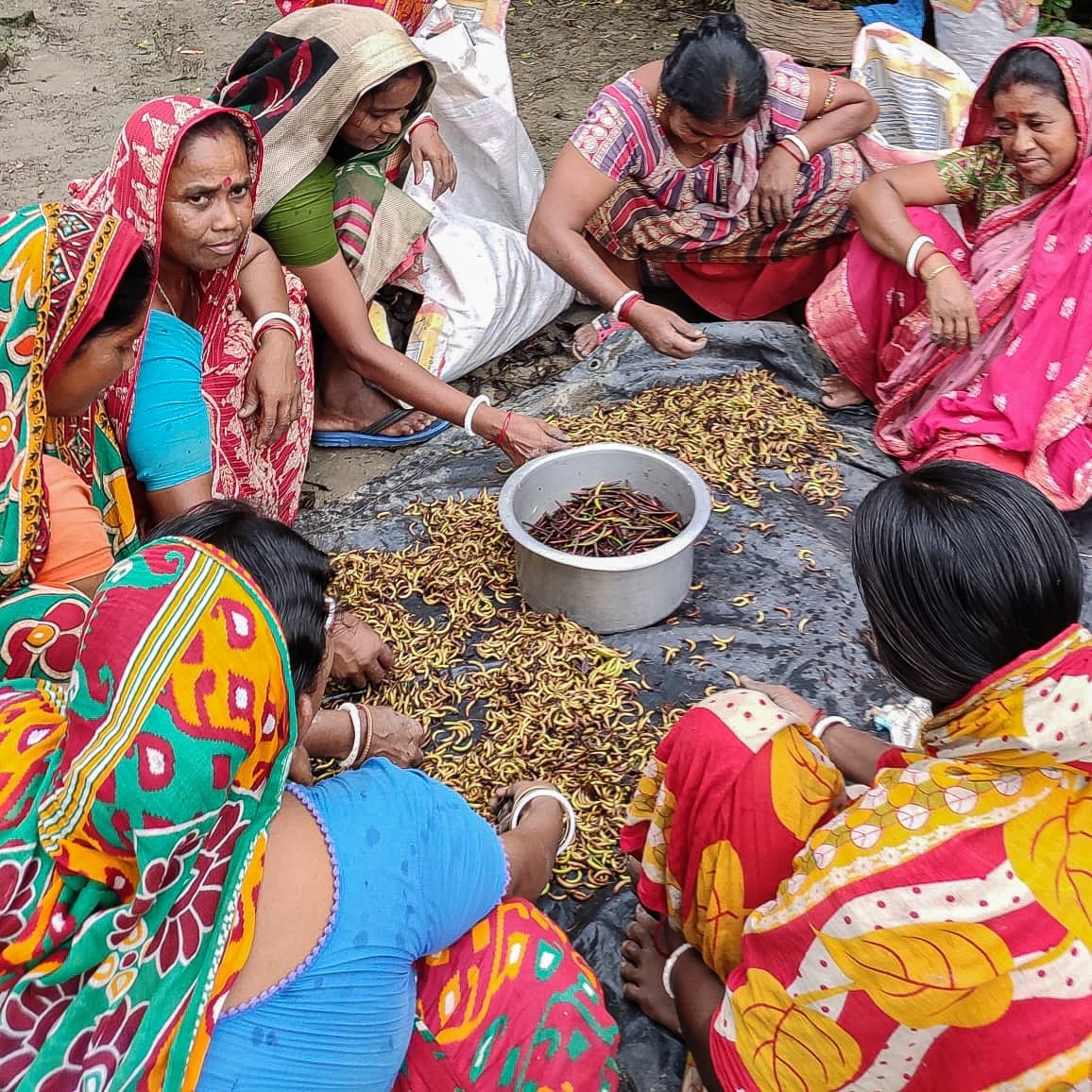
SEED integrates livelihood promotion into mangrove conservation. Women Groups manage nurseries, seed collection, handle transplantation, plantation and monitor plant survival. Additionally, training in allied activities like beekeeping, aquaculture and eco-tourism ensures financial incentives for conservation. This participatory, income-linked model ensures both social sustainability and ecological success.
A robust monitoring and evaluation framework is applied to assess plantation survival, biodiversity regeneration and community participation. Digital mapping, periodic field visits and feedback loops with community monitors and academic institutions help in adaptive decision-making. The mechanism includes maintenance support, regular audits and adjustments to improve plantation success, address threats and replicate the model in new locations.
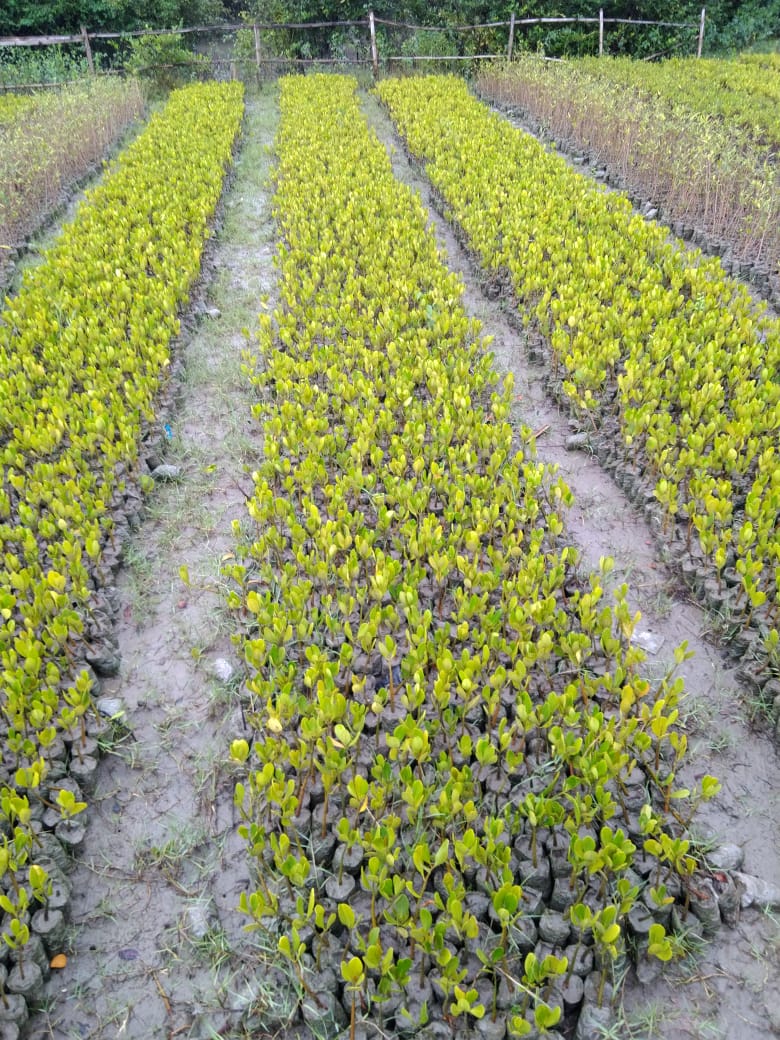
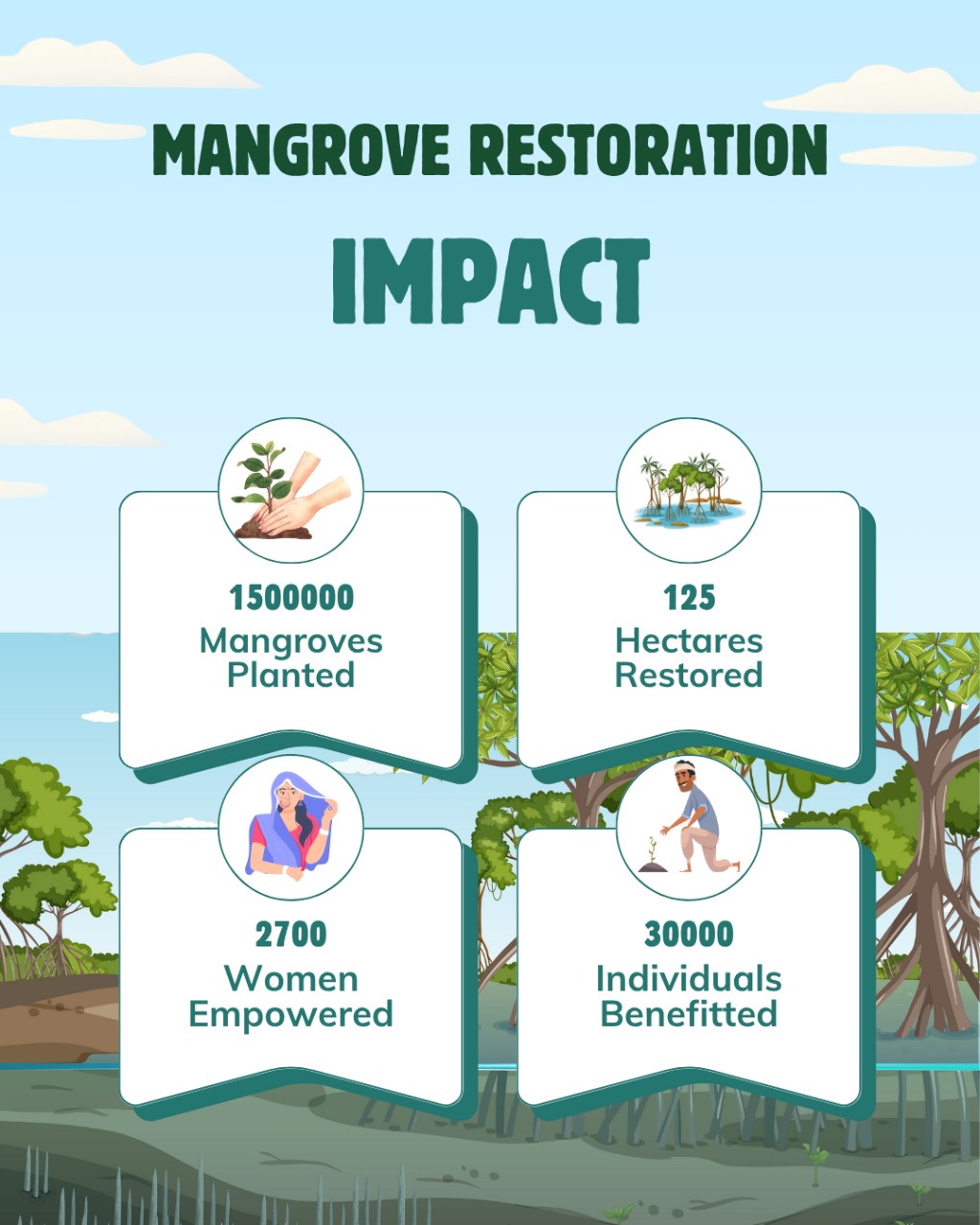



Subscribe to the SEED Newsletter — and be part of the change!